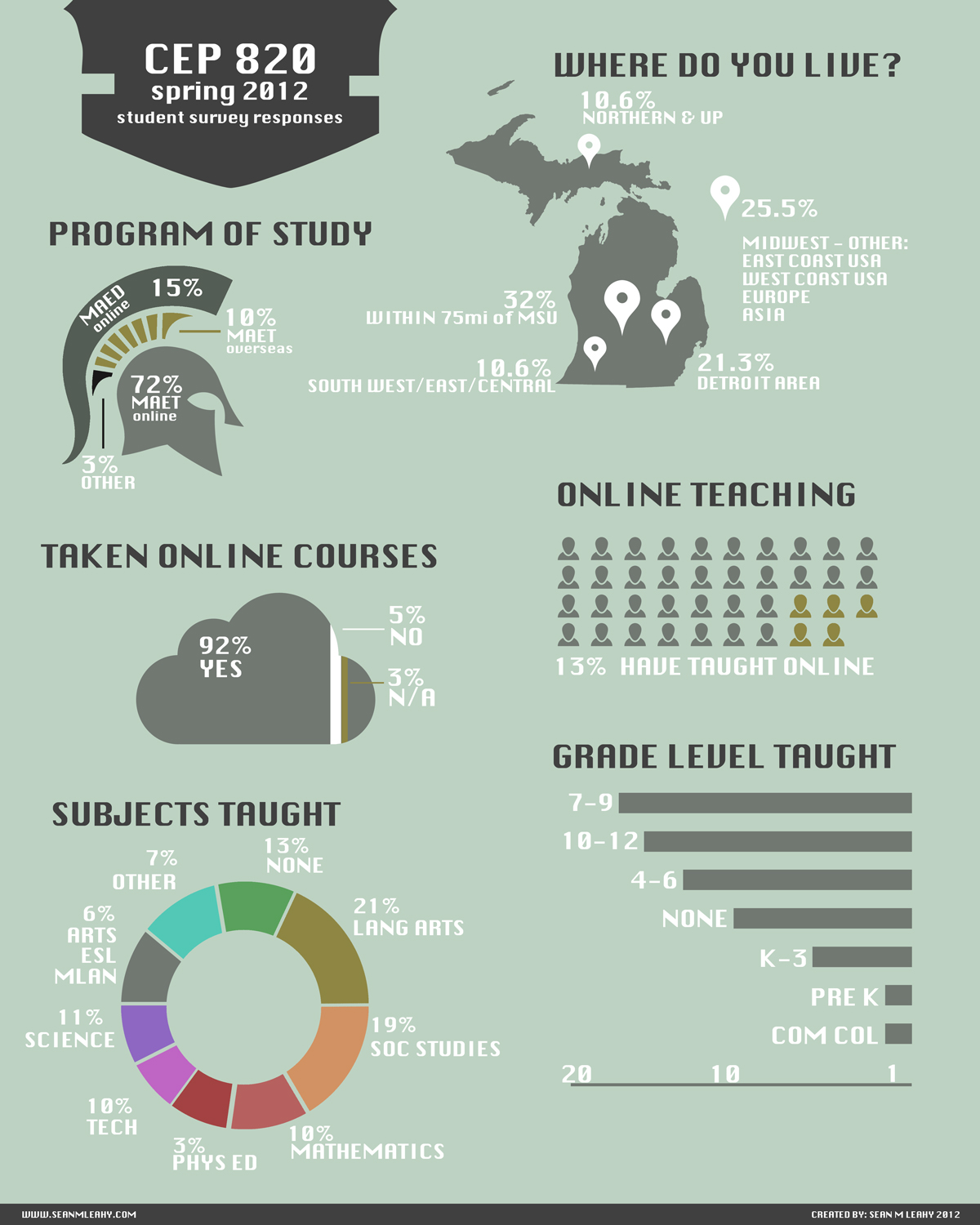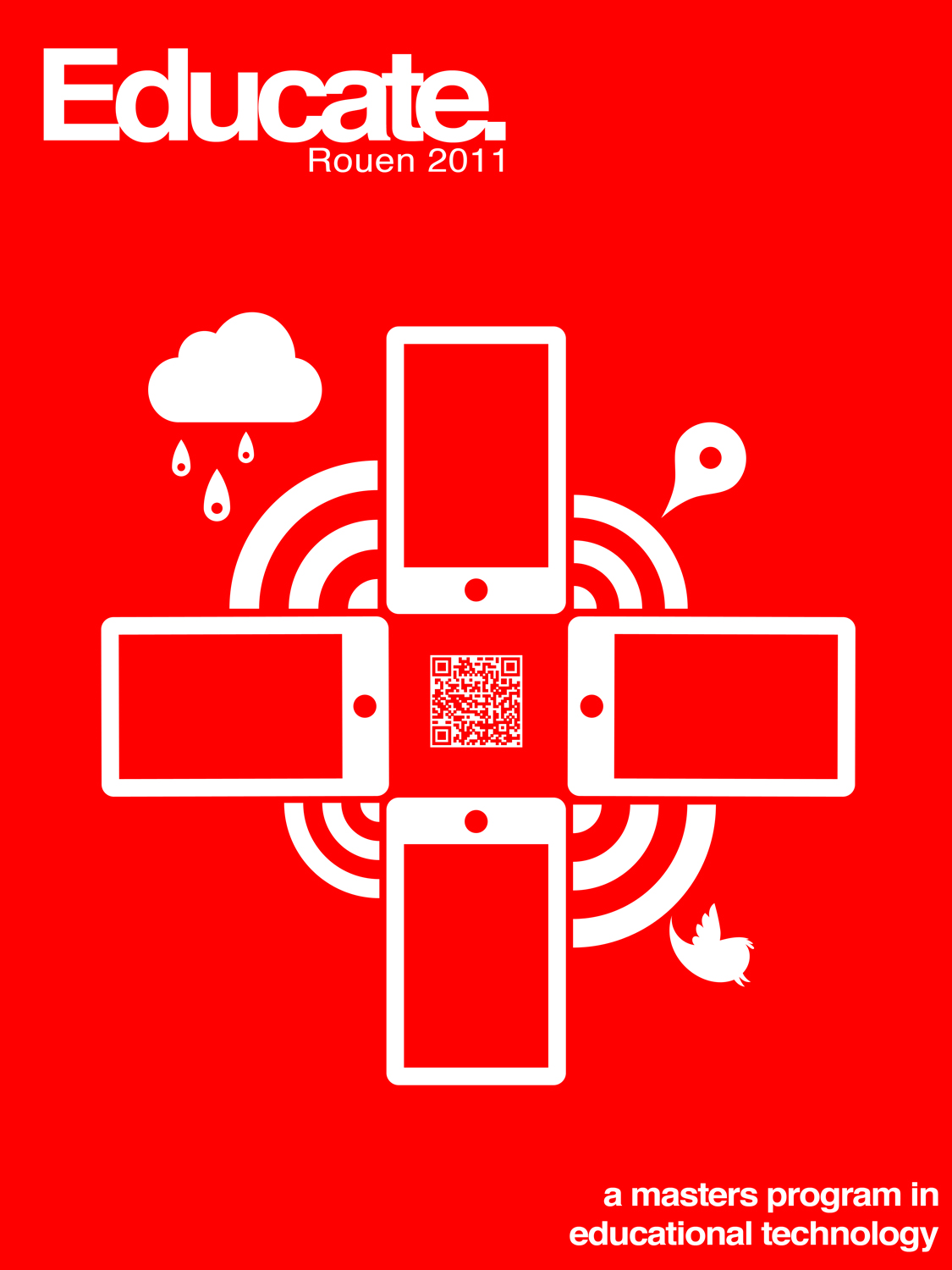Experience to study: purchasing an album on iTunes.
Emotional Map – a visual representation of the user experience of purchasing an album through Apple’s iTunes music store. The Map can be read by using the vertical line to represent the main timeline of the process, with the horizontal text on the left indicating the individual steps in the process. The lettered notes are indicated within each step, then mapped in color that ranges from negative (blue) emotion to positive (red) emotional experience.
Latent opportunities are ubiquitous: Pick an environment For this emotional experience I have established that I will study my own emotional experience of purchasing a digital music album online.
Who or what to study: For this study I will map my emotional experience of purchasing a music album from Apple iTunes from my laptop computer.
Establish a goal: My goal for this study is to identify areas of my experience that could be improved upon based on my emotional response to the various aspects of the experience.
Establishing modes and identifying touch-points:Modes:
- Anticipation: Anticipation is the first mode, where the user reflects on the idea of purchasing a new album from iTunes. Reflecting on previous experiences of purchasing music through iTunes from various devices, and any feelings of excitement or trepidation that may shape how the interaction is approached.
- Launch (Enter): This is the second step where the user actually opens iTunes Store and gains access to the library of music, videos, podcasts, and other media available for purchase.
- Engage: This being the third step, is where most of the interaction takes place. This step is where the user interacts with the various components of the iTunes store and contain the majority of the touch-points of the purchasing process.
- Exit: This is the step in which you have completed the transaction and leave the iTunes Store environment after your purchase is completed.
- Reflection: The final stage in which you reflect upon the recent experience of purchasing an album through iTunes and how it compares to the anticipation stage from which previous experiences were used to foreshadow how the current experience would go.
Touch-points:
- Online: (Anticipation)
- browsing music online searching for something new.
- Finding a new band/song that is catchy and new.
- Looking them up to see what other works they have, and band info.
- Launching iTunes (Anticipation)
- Hoping that the artists album will be available.
- Looking forward to seeing if iTunes has other similar matches that would be new “discoveries”.
- Opening iTunes Store: (Launch/Enter)
- Waiting for store homepage to load.
- Notice the new items promoted on the homepage.
- Enjoying the design layout of the iTunes store.
- Noticing the clear separation of categorical items (music, movies, tv shows, apps, books).
- View Top Rated Charts (Engage)
- Notice the “young” music at the top.
- Surprised by what is downloaded most.
- Click on few songs that are unfamiliar by artist/name.
- Search for specific artist (Engage)
- Type in search field artist name
- Waiting for iTunes search to be completed
- notice the variety of search results showing multiple albums/tracks
- browse options based on price
- encouraged by filter options that appear on left hand side
- Select Album (Engage)
- Click on album of interest (latest release)
- see list of songs and associated popularity (rating)
- preview songs (30 sec) - go through all
- read band info
- frustrated there are no reviews
- evaluate if there are more than one song that is good
- Purchase Album (Engage)
- Hover over “Buy Album” button to consider the value of the album based on song preview and album price.
- Click “Buy Album” button
- Please there is no further “checkout process”
- Wait for Download (Exit)
- Downloads fast pleasing that it doesn’t take much time.
- impatient for entire album to finish.
- Play Music (Reflection)
- play entire album and listen to each song.
- burn to CD for backup
- Load music on mobile devices (Reflection)
- load entire album on iPhone and iPad.
- Listen to as travel music on daily commute.
This project was inspired by the Experience Map created by Erik Berkman from Little Spring Designs on improving the Starbucks experience.











